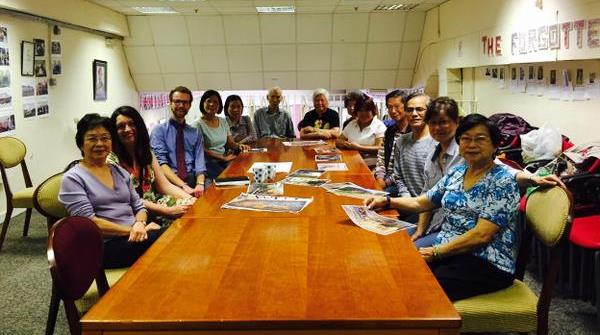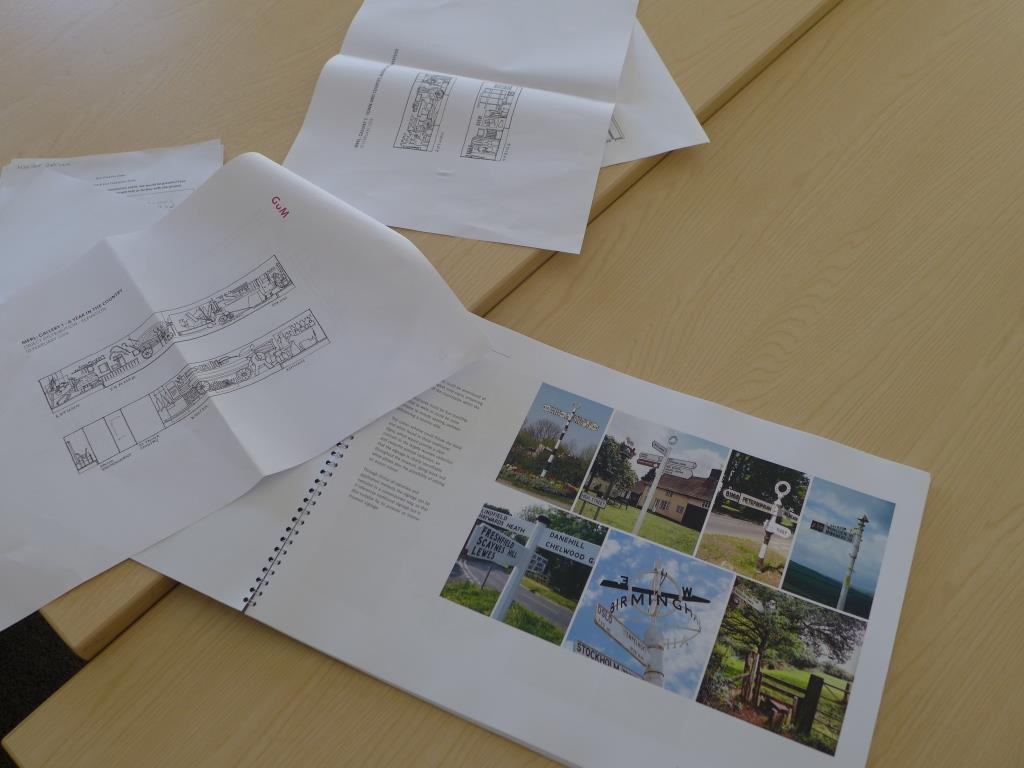Can you believe it’s Autumn already? Since our last update in May we’ve had an extremely busy Summer finishing our research, laying cement and visiting farmers. Here’s a round-up:
1. We’ve had exciting new research into our objects, such as this shepherd’s surprising connection to Thomas Beecham of Beecham’s pills.
2. We’ve finished the building of our new extensions, and we’ve already christened our Introduction Space with a McMillan Coffee morning!

It may not look like much, but our extensions will give us much-needed room for exhibitions and events!
3. To make the MERL more relevant to visitors old and new we’ve continued recruiting for our Student, Family and Countryside Forums. This is so we can make sure we’re presenting as true and balanced a picture of the countryside as possible. If you’re interested in helping us tell the story of the English rural life, please email us at: merl@reading.ac.uk
4. We’ve just about finished writing the labels for all of our galleries. Have you ever tried condensing the story of the English countryside into 150 words or less? It’s certainly a challenge but one we think we’ve met, and we can’t wait to show you what we’ve written.
5. Our cross-collections Tumblr blog was recognised as a Trending Blog by Tumblr’s own staff – give it a visit to find out why we deserved it.
6. We now know exactly what our galleries will be, what will be in them and what stories and facts we want to share with you. We have a rich variety of ways we’re going to explore English rural life in the new MERL, so keep your eyes peeled for more updates…
7. We’ve begun a partnership with the Royal Berkshire Hospital in which we are using museum artifacts to help treat dementia. Discussing historic ways of life through objects and photographs is a wonderful way to bring back happy memories to those with dementia, and can help boost patients’ memories and help make sense of past events.

Audience Development Manager Phillippa at the Royal Berks. Photo Credit: GetReading.
8. We’ve also begun work on making the MERL far more inclusive of Reading’s local communities. We’ve had the pleasure of talking to Katesgrove Community Association, Reading Chinese Association, The Greater Reading Nepalese Community Association, The Rising Sun and so many more. We hope to establish a variety of projects such as community allotments, exhibitions and film projects.
9. You may also have seen us out and about, as we’ve been taking the Museum to the people while we’ve been closed. We’ve been talking to our local communities at East Reading Festival, winning prizes at the Berkshire Show and discussing sustainability at the Reading Town Meal. Keep a track of what we’re doing on our Events page.
There is plenty more we could tell you, but we’re keeping a few things up our sleeve as we prepare for our re-opening. To keep updated on our progress subscribe to this blog or follow us on Twitter, Facebook, Tumblr and Instagram!















